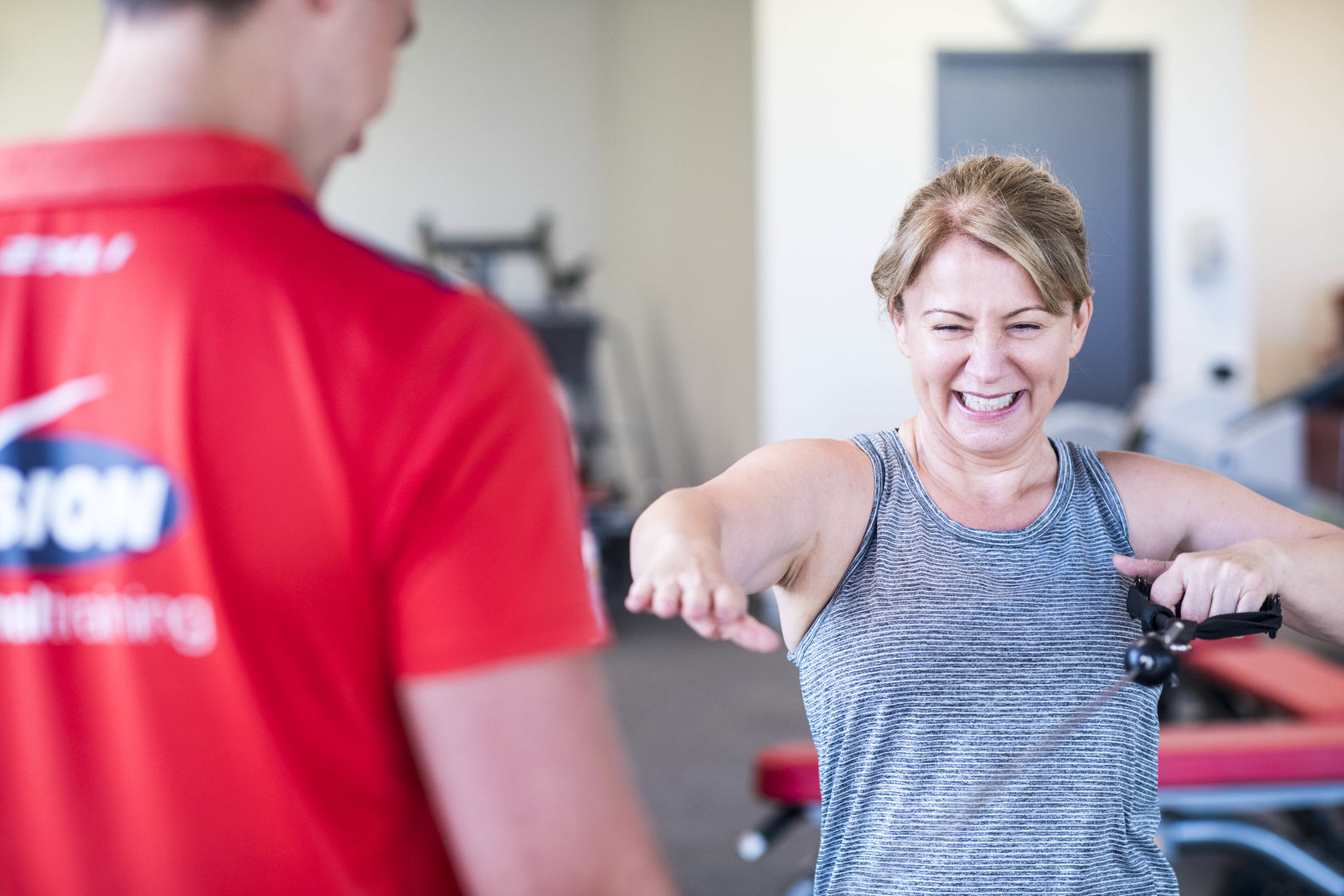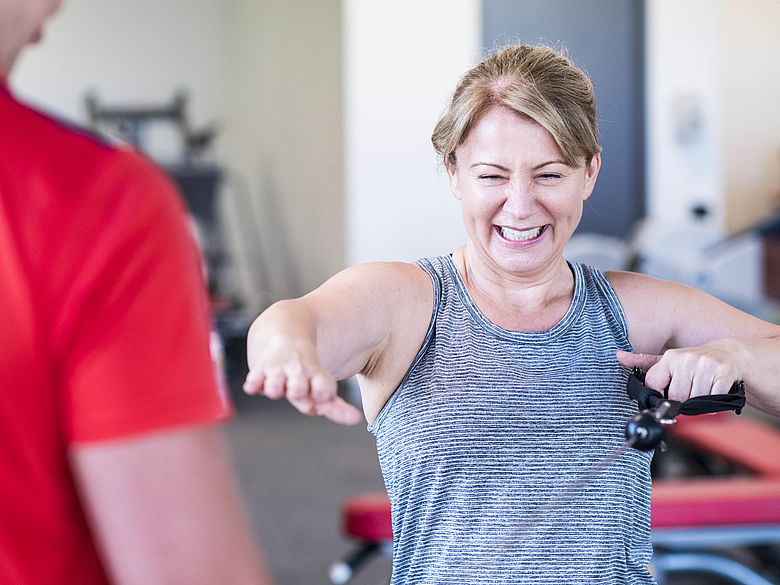Have you ever tried completing a triathlon? Would you like to? The preparation for a triathlon may not be as unattainable as you think. Here are some simple tips to get you on your way to your first tri!
People of all fitness levels and shapes and sizes can and do participate in triathlons. They are great fun and there are a number of different distances you can choose from. You could even choose to do one leg and compete as a team.
There is a variety of reasons that would lead someone to trying their first "tri". These could include;
- A challenge! We like testing ourselves and what better way than in a multi discipline event.
- Many competitors in tri's are runners who were forced to change their training to accommodate injuries. They then found they loved swimming and riding as well so why not combine them.
- Social aspect. Much like in our training studios, the triathlon community are very welcoming and encouraging. It's a great way to meet new people and get some exercise in at the same time.
Whatever your reason is, there is no doubt that participating in a triathlon is great fun.
Here are some tips for first-time triathletes:
1. Pick your distance and start small. There are many distances available for the first-time triathlete however you should start small and work up from there. The distances range from the Ironman (3.9km swim, 180km Bike, 42.2km run) to Olympic (1.5km swim, 40km Bike, 10km Run) down to Sprint or Mini triathlons which are a great starting point from as little as 250m Swim, 5 km Ride and 2km Run. There are plenty of other options in between but there is certainly something for everyone and don't forget you can always compete as a team and do one leg each.
2. Selecting your clothing and gear required. Don't go over the top, you don't need the latest and greatest bike or an expensive wetsuit, in fact you don't need a wetsuit or a tri suit at all. Swim suit and goggles will do just fine for the swim. If you don't own a wetsuit there is no need to buy one. Many more experienced competitors still choose to wear basic swimmers and googles.
Your bike (or one you can borrow) is fine. For first timers then any road or mountain bike will be fine. There is no need to go splash out on a brand new whiz bang bicycle. Grab the one you have, pump the tyres up, set the seat to your hip height and get riding. Spin bikes in your local studio are great for building your cycling endurance up if you aren't confident on the road. I'd also recommend a quick crash course in how to change a tyre. Speak to your local bike store or look it up on YouTube, there will be marshals on the course to help you but it's always handy to know how to do it yourself.
3. Get yourself some decent running shoes. Here is one area you will need to make sure you have the correct attire. If you don't have a pair already then speak to your Personal Trainer for recommendations or drop into your local running store to get fitted out with a pair. Expensive doesn't always mean best so speak to your trainer or store owner and get the right pair for you.
4. Pick a local event to start with. A quick google search or will bring up literally hundreds of triathlon races throughout the year. Pick one close to home for you to make your first race a whole lot easier. It cuts down travel time on the day of the event and also means that you can easily visit the location prior to the event to familiarise yourself with the track and even do some training there in the lead up. It also makes it easier for your support crew to get there on the day to cheer you on!
- Preparation is easier than you think. Remember you are starting small so no need to commit to massive hours of training every week. You have most likely run, swum and ridden a bike previously so you have some training under your belt. Focus a little more on your weakest discipline and speak to your Personal Trainer about some simple programs to help you on your way. As a first timer you can prepare for a triathlon in as little as 5 weeks with as little as 3 or 4 hours of training per week. Don't neglect strength training in the process, having some strength and muscular endurance will help you greatly in the race.
- Make your transitions as quick and easy as possible. The time you spend "transitioning" from the swim leg to the bike and the bike leg to the run also counts toward your total time. Make these transitions as quick as possible by simplifying the process. Have your bike shoes and runners laid out with your socks on a towel. Dry yourself quickly, put some clothes on over your swimmers, put your socks and shoes on and get going. If you have cleats for your bike then you might consider clipping them into your bike before the race starts and putting your feet into the shoes once you are already on the bike. Practice this though as it can be tricky.
Another tip would be to buy the elastic shoe laces for your runners. This quickens your transition from bike to run considerably. Slip your runners on, pull the elastics tight and off you go!
- Start the race slower than you think you need to. It's always a jostle at the start of the swim so take your time and get into your own rhythm with your own space in the water. Conserve your energy through the swim and start the bike with a bit more in the tank. Try to remain seated for as much of the bike leg as possible so as not to burn your legs out, train enough in the lead up so that you are comfortable changing gears so that this is possible. As you near the last 3 or 400 m of the bike leg lower the gear so that you can spin your legs faster and flush some of the lactic acid out before you start the run.
Ultimately, you're there to have fun, you're not there to win a world championship so try to enjoy it and build up your distances and competitiveness after you have finished your first one.
If you need any help with a training plan, don't hesitate to ask us and we will get you well and truly ready to go!
*Disclaimer: Individual results vary based on agreed goals. Click here for details.

